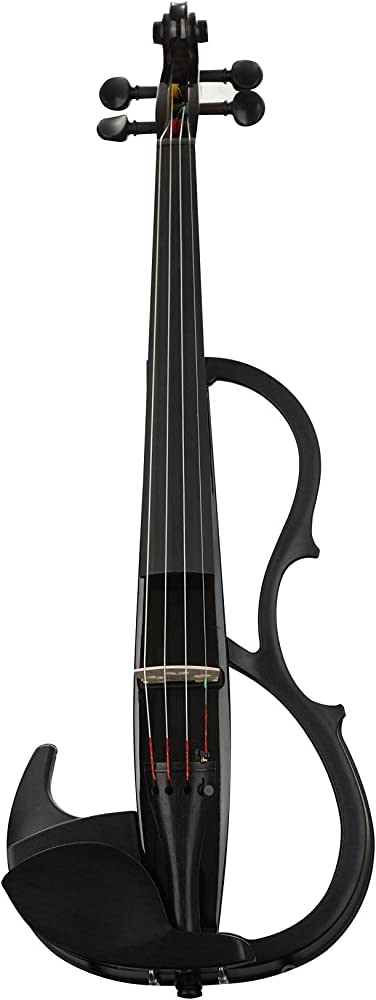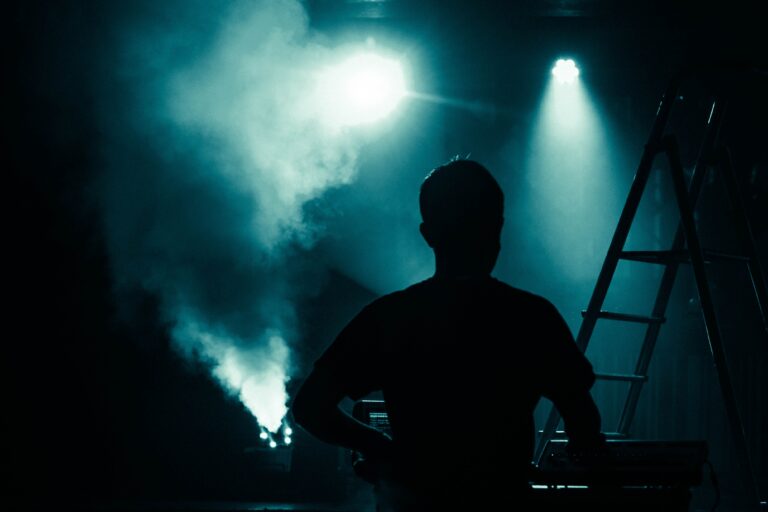Is Acoustic Foam Flammable? Fire Safety Guide
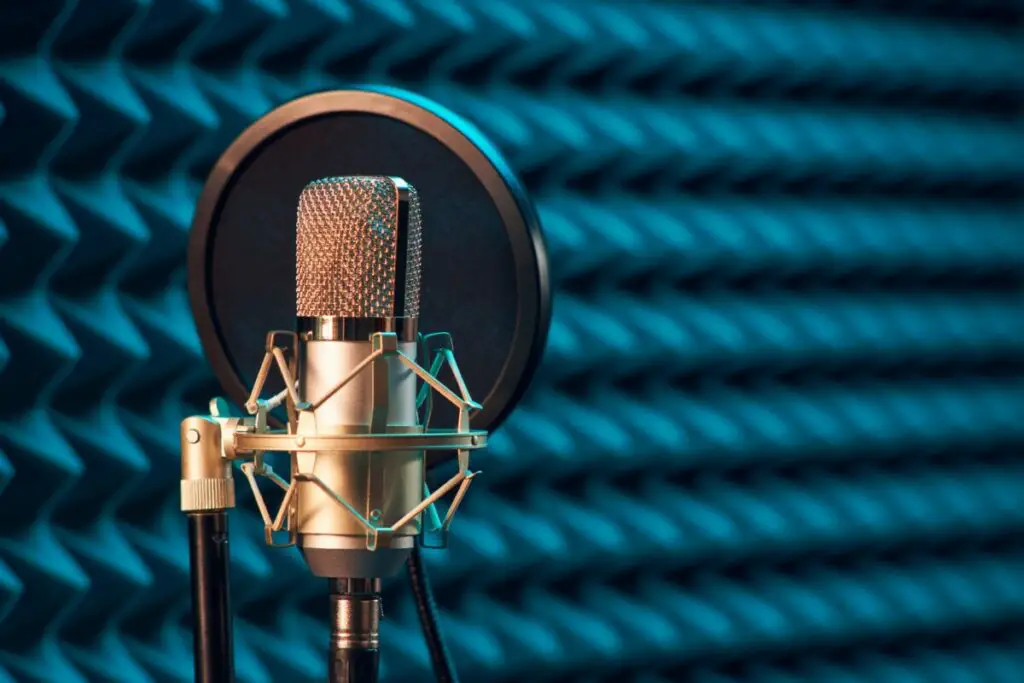
Acoustic foam is a great soundproofing material for your studio. But, when building your recording station, you want to be sure you stay safe by not filling your space with materials that can catch fire. So, is acoustic foam flammable?
Class A acoustic foam is not flammable. Class B and C acoustic foam are more likely to catch fire but are designed to eventually self-extinguish. Acoustic foam that is made of melamine is much less flammable than foam that is made from polyurethane.
Ensure your studio, instruments, recording devices, and other valuables are protected by paying close attention to the fire rating of your acoustic foam. The fire ratings of acoustic foam are included below.
Class A – The Least Flammable Acoustic Foam
Class A fire rating, sometimes called Class 1, is the safest building material you can get. The flame spread rating must be below 25 for the acoustic foam to achieve this rating.
It’s extremely difficult for this rating of material to catch fire. With such a low flame spread rating, Class A acoustic foam may help protect the room from the worst fire damage.
What Makes Class A Acoustic Foam So Fireproof?
Completely fireproof Class A acoustic foam is made from melamine foam. Cheaper acoustic foam uses polyurethane. Melamine is very flame-resistant, even without flame-retardant coatings.
A melamine resin foam has a super high nitrogen content, acting against any potential fire. You can pretty much count on melamine foam to never catch on fire. However, it’s still one of the safest materials if it catches fire in extreme conditions.
Some other acoustic foams will melt in extreme heat and create molten droplets or produce intense toxic smoke. Melamine resin will not melt. It will only char. It also has minimal amounts of smoke. Melamine-based acoustic foam is going to be your safest option for sound absorption.
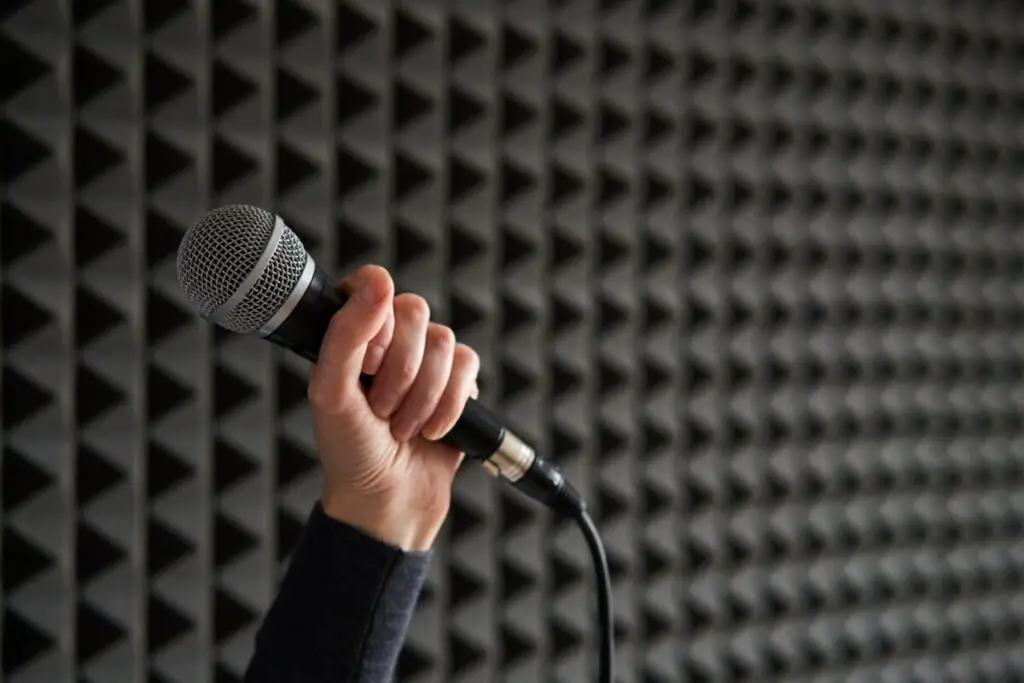
Class B – The Second Most Flame Retardent Acoustic Foam
A Class B, or Class 2, fire rating means that the flame spread was rated somewhere between 26 and 75 during safety tests. These materials are more likely to catch fire but will burn relatively slowly.
Class B acoustic foam can be used in some buildings with low occupancy based on the specific building code. Of course, if you install the foam in your home, it is up to you to decide what you think is safe and appropriate for your space.
Acoustic foams that fall into this category do not typically contain any significant amount of melamine and are often classified as polyurethane foam. For polyurethane foam to achieve a class B rating, it must be treated or coated to reduce flammability. The polyurethane may be mixed with other materials to reduce flammability, or there may be an outer layer with high flame resistance.
Class C – The Lowest Fire Safety Class for Acoustic Foam
Flame ratings continue to get more dangerous past Class C, but this is the lowest Class acoustic foam will be rated.
Since acoustic foam is considered a construction material, it has to meet certain safety standards and cannot be sold if it does not meet the criteria for Class C or higher.
Class C foam, or Class 3 foam, has a flame spread between 76 and 200. This means it will catch fire easily and burn quickly. I would not recommend using Class C acoustic foam, especially if the room has additional fire hazards.
Where Can You Use Class C?
Class C is very similar to Class B in that it is not often allowed in high-occupancy public spaces but may be used in some smaller buildings if permitted in the building regulations.
If you do not own the building you are installing acoustic foam in, contact the owner before proceeding with any installation plans. Laws may vary by location and type of building.
Acoustic foam made purely of polyurethane would be extremely flammable. That is why manufacturers will include some coating or additional ingredient that reduces the flammability and puts the foam in Class C. More expensive forms of fire-retardant are effective enough to get a Class B fire rating, but Class C sacrifices some of the safety to reach a more affordable price point.
How to Decrease the Risk of Fire in Your Acoustic Foam
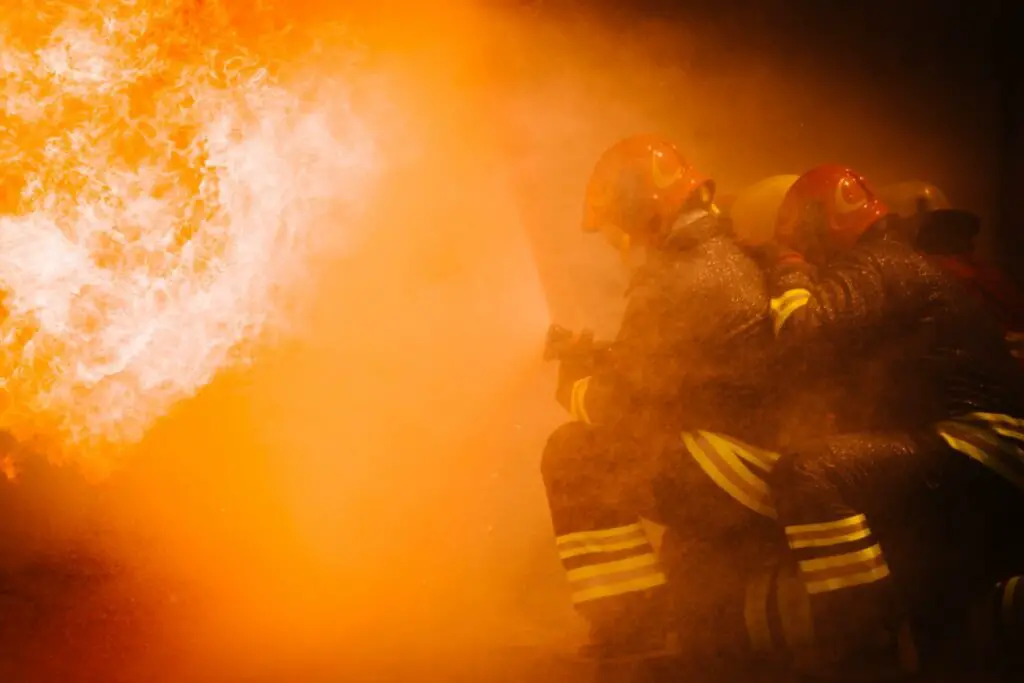
Having a high safety rating is helpful, but you must also do your part to decrease the risk of the acoustic foam catching on fire. Below are some tips you can use to help improve the fire safety of your recording studio.
1. Pay Attention To Surrounding Electronics
Pay attention to the placement of the foam, especially if you have a lot of electronics in the room. Exposed wiring is a huge risk, but you should not put the foam nearby anything electrical. Avoid placing it near light fixtures, including LED light strips.
It is recommended to leave 3 feet of distance between light bulbs and any flammable material. Although your acoustic foam is less volatile than furniture or curtains, this is still a good guideline.
2. Pay Attention To Electronic Elements in the Wall
If the wall has any outlets or light switches, you must make space for them. Cut a hole larger than the outlet cover in the foam before or after installation to ensure that any electrical connections are not coming in close contact with acoustic foam.
3. Check The Foam Before You Buy
Ensure the foam you buy for sound absorption is acoustic foam, not some other type used for packing or bedding. Non-acoustic foam is not designed to be mounted on walls and does not have the same fire-safety regulations. Putting any foam up on your walls may seem easier and cheaper, but it will not be as effective at absorbing sound and is also extremely dangerous.
Rockwool – An Alternative to Soundproofing Foam
If fireproofing is your highest priority, you may want to look into other soundproofing options. Rockwool is an extremely dense material that effectively absorbs excess noise and creates a quiet environment.
Rockwool is a great option for fire-conscious people because it is almost fireproof. Because it will not catch fire, it can become a protective barrier. Rockwool will stop the spread of flames, dramatically reducing the damage you would have to deal with in the event of a fire.






